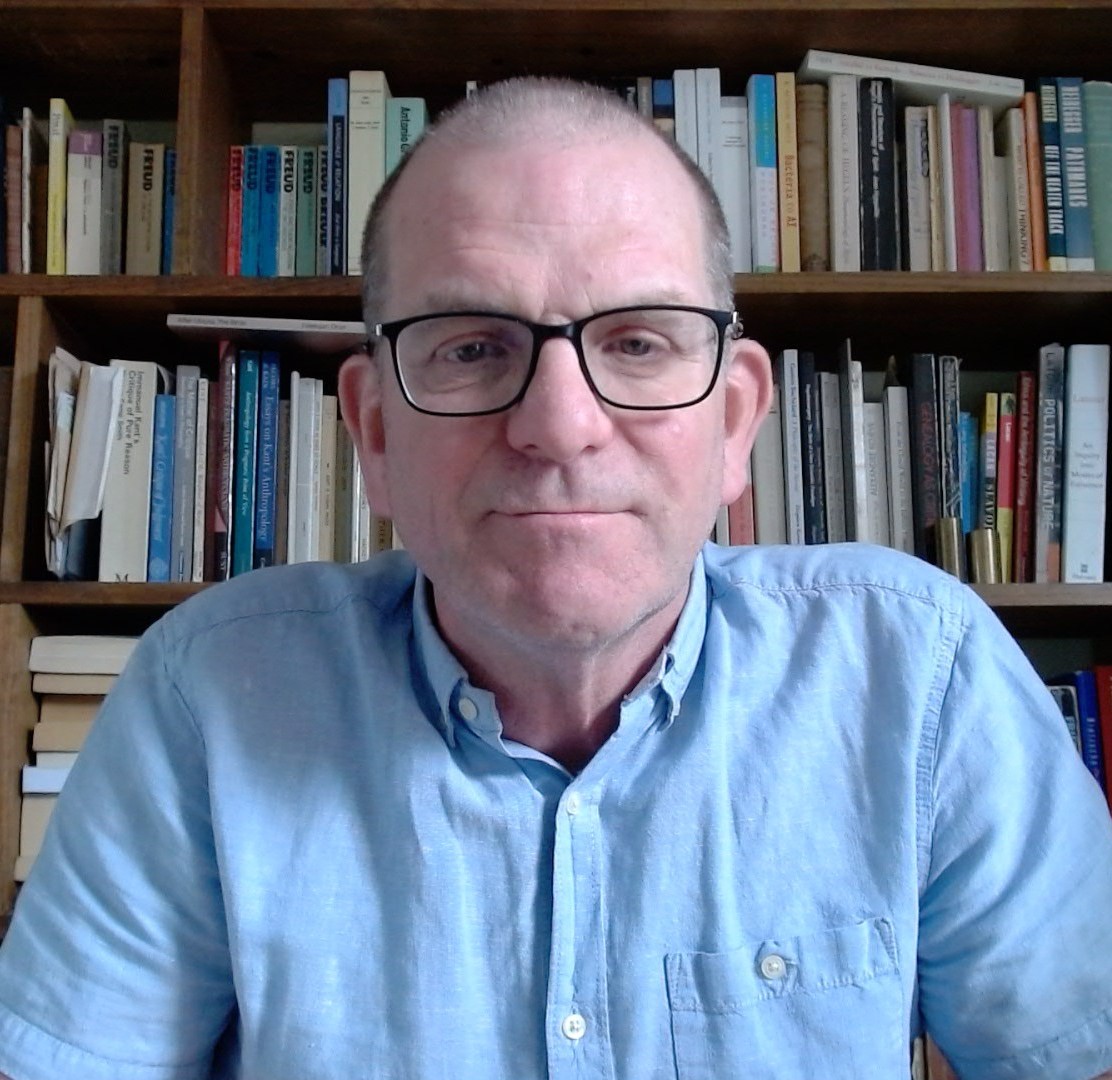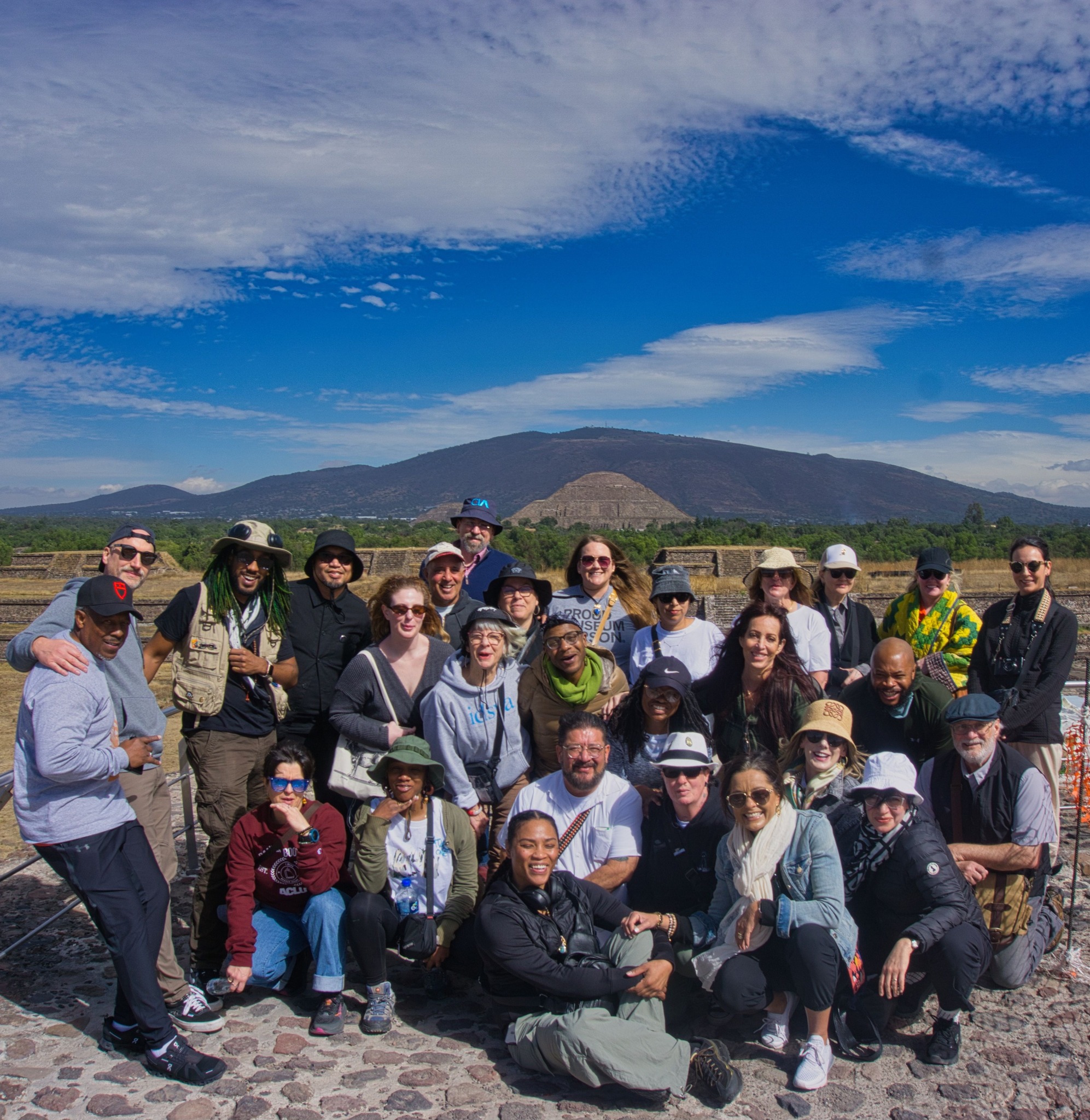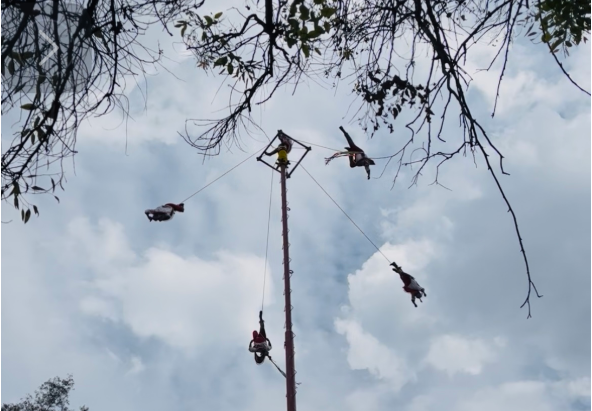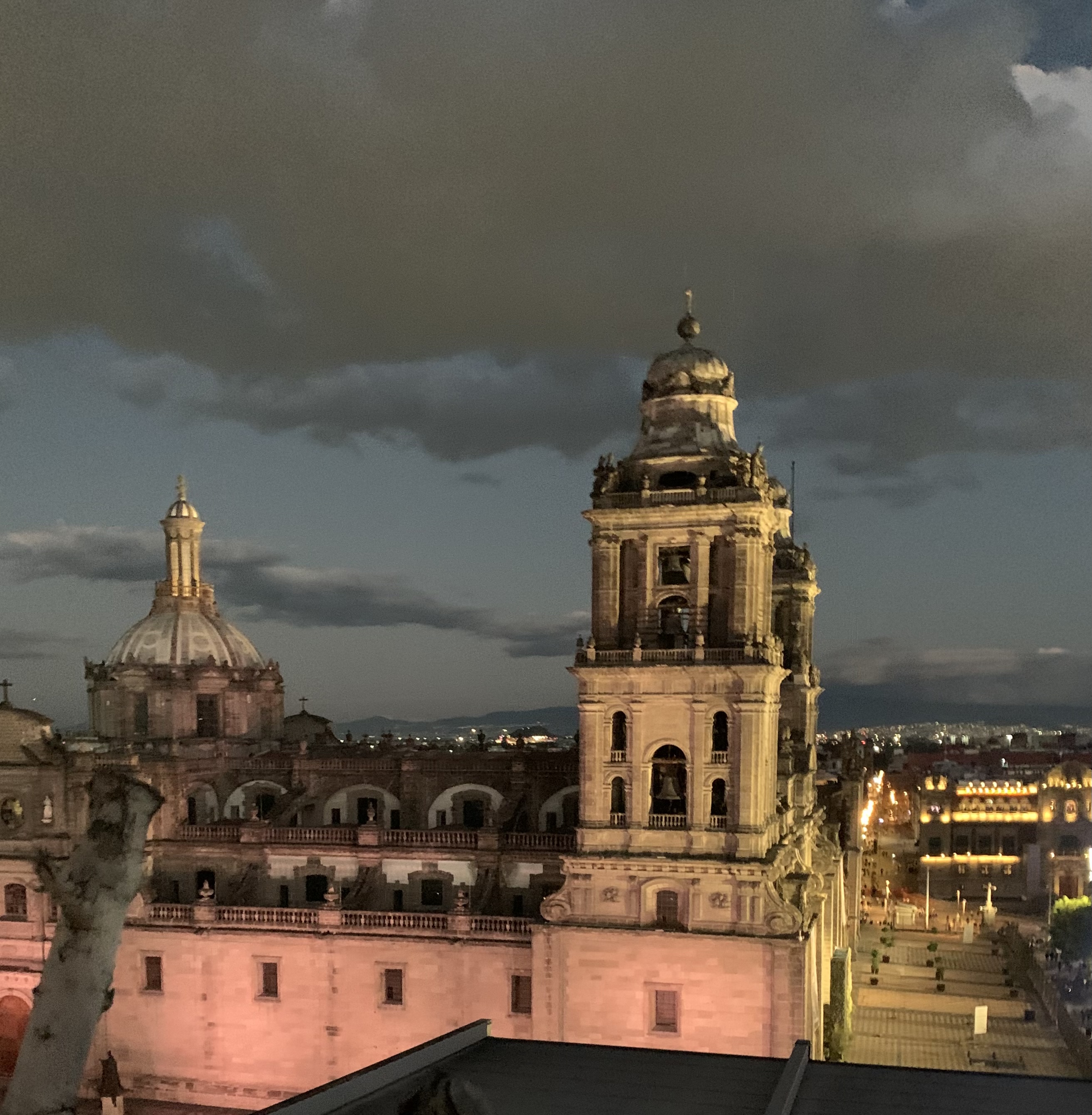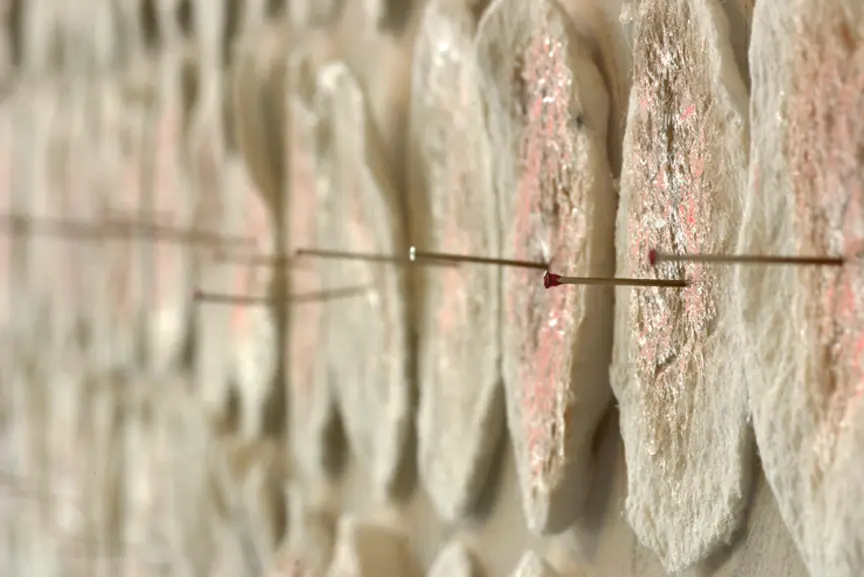Student Newsletter

Featured Articles Written by Students & Alumni
The IDSVA Newsletter now features articles written by students and alumni published quarterly: in the fall, winter, summer and spring.
Editorial Committee
Co-Editor: Latausha Cox, Cohort ’23
Co-Editor: Vincent Turner II, Cohort ’24
Staff Editors: Dr. Silvia Mazzini, Dr. Jeanne Moore
Coordinator: Jessica Myer
Thank you! Your submission has been received!
Oops! Something went wrong while submitting the form.

No Results found.

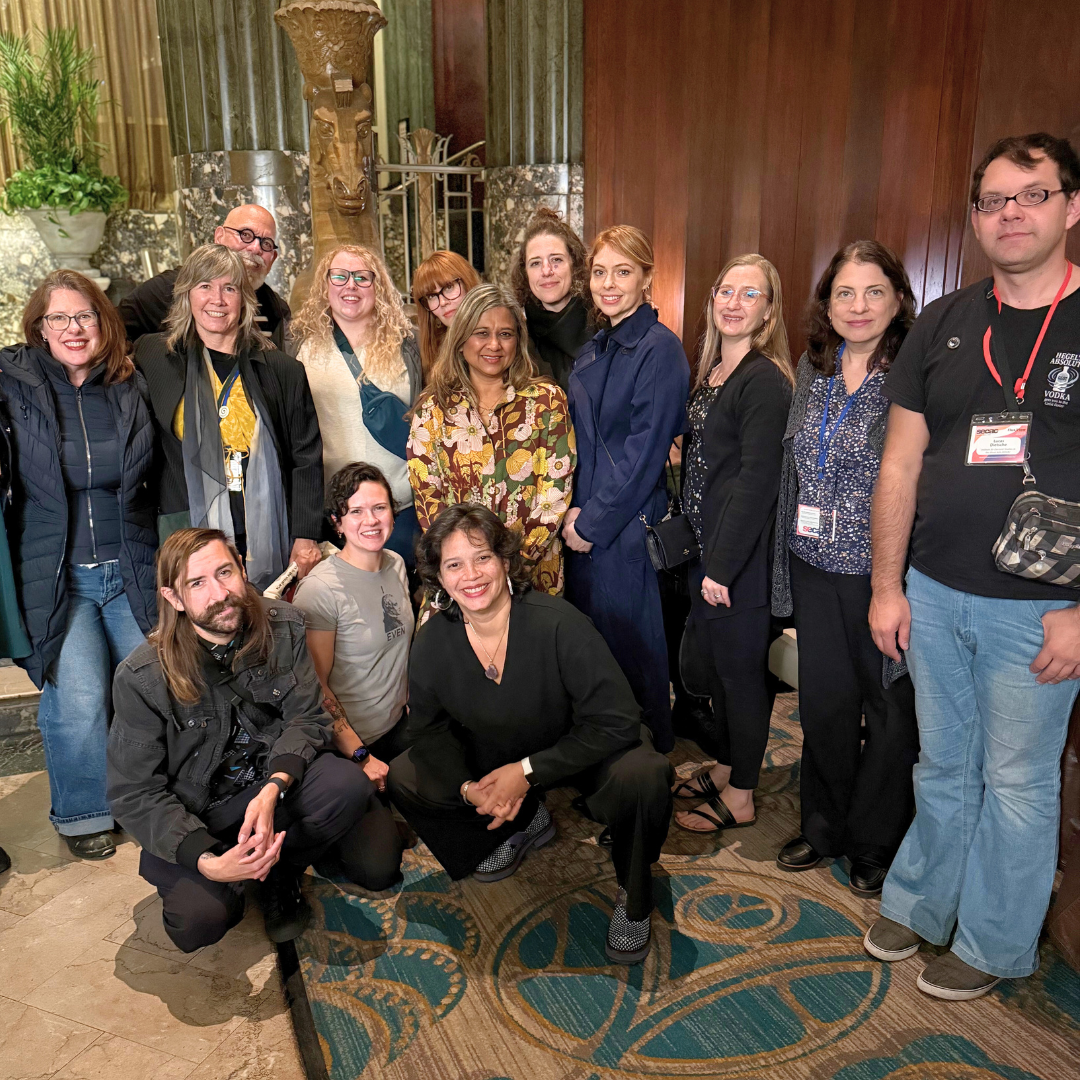
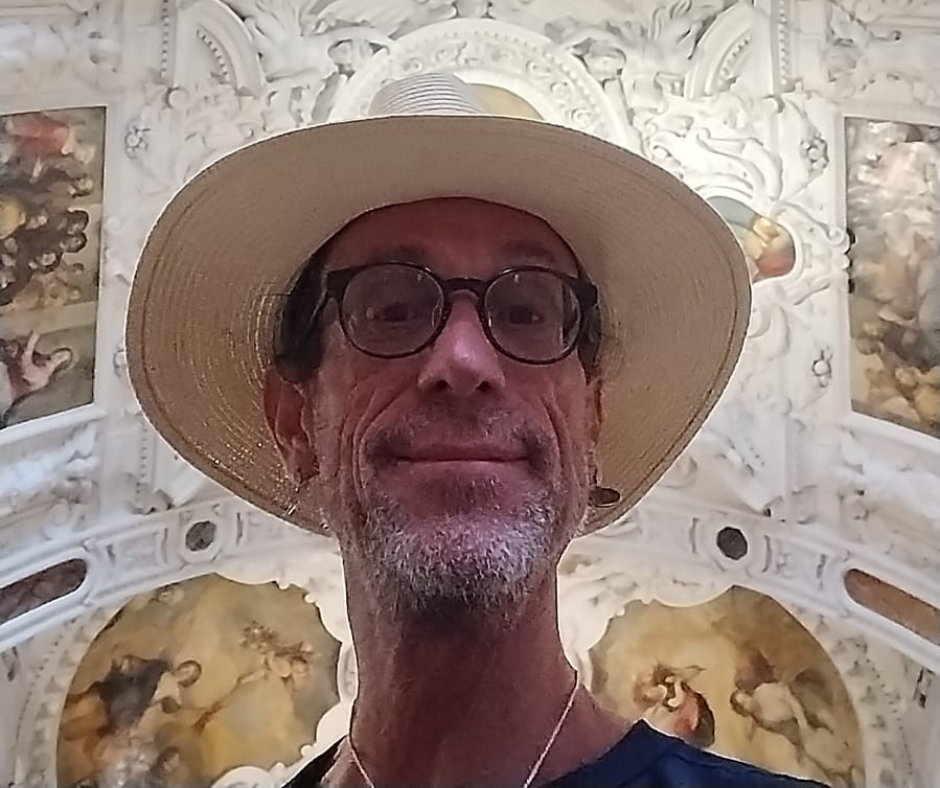
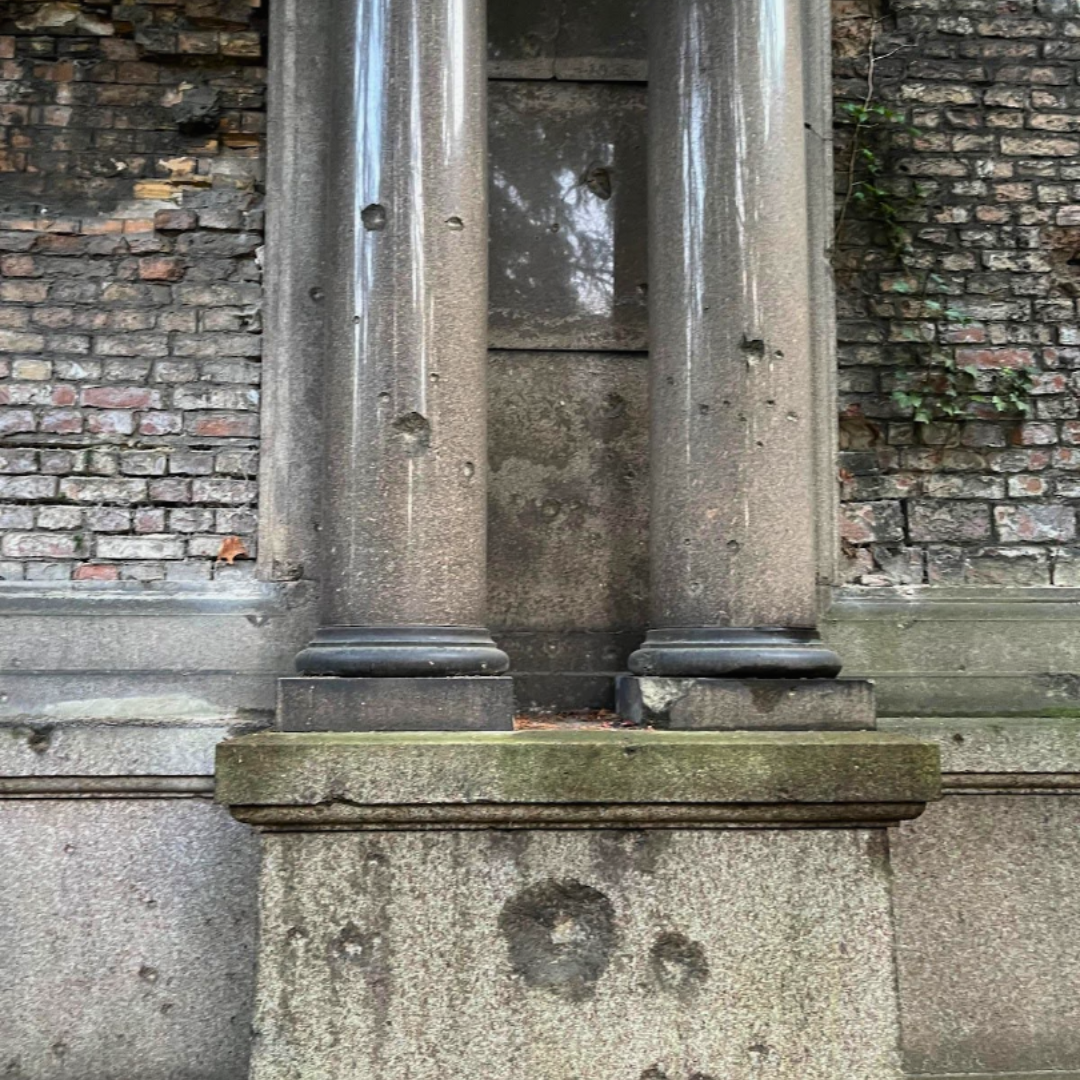
.png)

.png)
